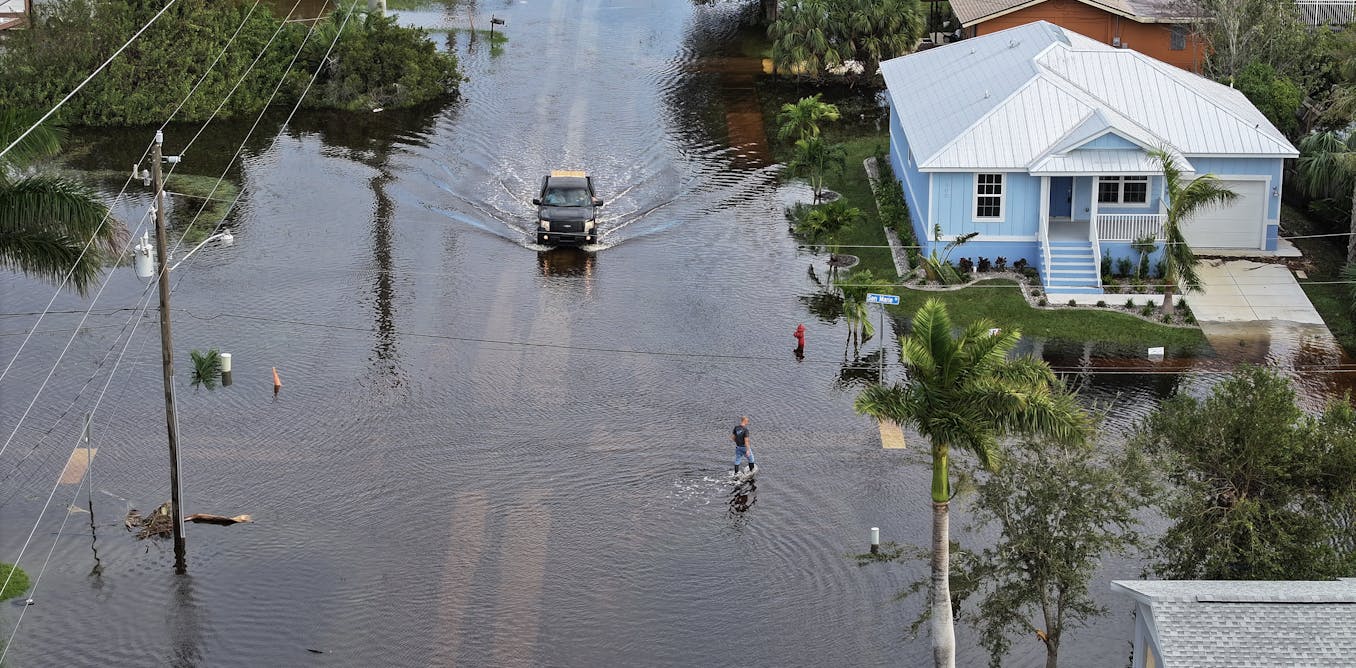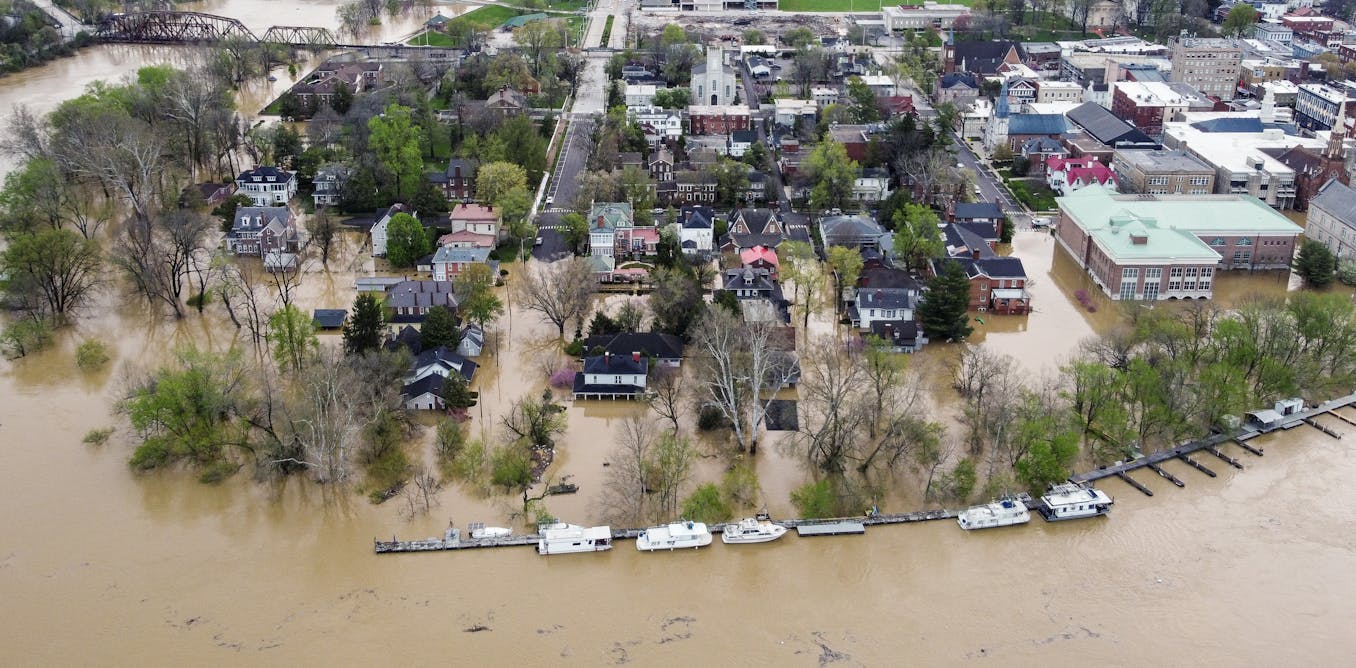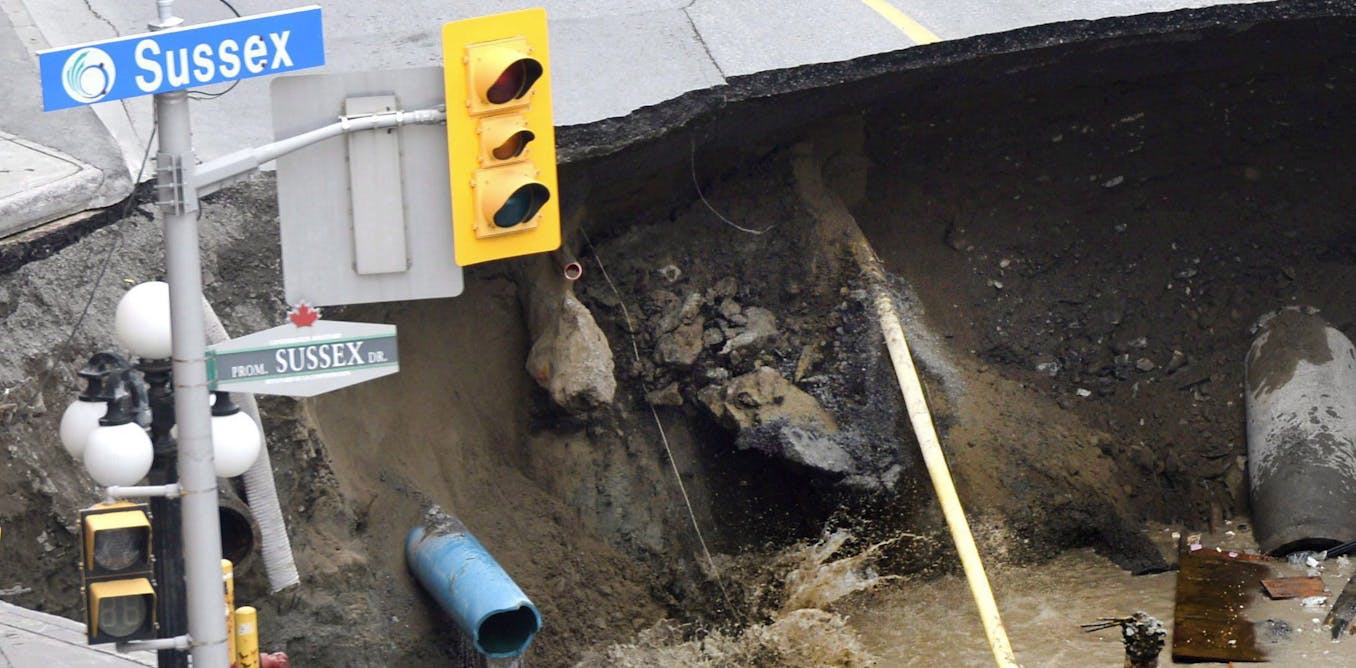For many Cubans, the sudden stop of a fan is more than just an annoyance on a tropical island; it’s a daily reminder of a critical, nation-wide problem. On an average day, the Cuban government can only meet 50 to 70 percent of its country’s electricity needs. On top of that, Cuba’s entire grid has collapsed four times in the last six months.
The problem stems from years of neglect of Cuba’s energy infrastructure, exacerbated by constrained access to foreign capital and a failure to adapt to new energy options. As a result, Cubans are experiencing a significant breakdown in basic services, such as the storage of fresh products, basic food preparation, public lighting and access to businesses. This has forced citizens to take extraordinary measures, like cooking multiple meals at once and working by flashlight.
Cuba isn’t just in an energy crisis; the country’s grid sits on the verge of systemic failure. The National Electric System, most of which was built after 1959, hasn’t received the investment and maintenance it needs for 35 years—a consequence of Cuba’s complex political and economic history. If neglect continues, the island nation will pay the high price of further economic decline, and increased social and political instability.
How did my home country get here?
Cuba’s Energy Infrastructure Crisis
Cuba’s grid infrastructure is so weak that run-of-the-mill problems like transmission line failures and generator trips are causing widespread outages. The unexpected shutdown of the Antonio Guiteras oil-fired power plant started the total blackout in October 2024. Healthy grids should be able to detect and isolate these kinds of issues, and provide backup through built-in redundancies. But Cuba’s old protection systems couldn’t detect the faults and there weren’t enough spinning reserves to compensate for the generation instability, making recovery impossible.
Underlying the blackouts are three systemic problems: years of inadequate investment, substandard fuel, and deferred maintenance. Cuba’s aging thermal power plants—the backbone of the system, nearly all of which run on crude oil or fuel oil—are becoming less reliable, and must operate well below capacity because of fuel shortages and corrosion. One of the biggest, the 330-megawatt Antonio Guiteras plant in Matanzas, often breaks down because there aren’t enough replacement parts to repair it. Other facilities have been hit with adverse events, such the 2022 fires at the Lidio Ramón Pérez (Felton) and Máximo Gómez (Mariel) thermal plants. During the first five months of 2025, only 34 percent of the capacity of all of Cuba’s power plants, based on 2023 numbers, was available on an average daily basis.
Cuba’s energy system also suffers from years of reliance on domestic, poor-quality heavy crude oil, which is corrosive because it’s high in sulfur. This has accelerated the wear and tear on boilers, turbines, and pipes in Cuba’s power plants,…
Read full article: Cuba’s Energy Crisis: A Systemic Breakdown

The post “Cuba’s Energy Crisis: A Systemic Breakdown” by Ricardo Torres was published on 07/01/2025 by spectrum.ieee.org




































Leave a Reply